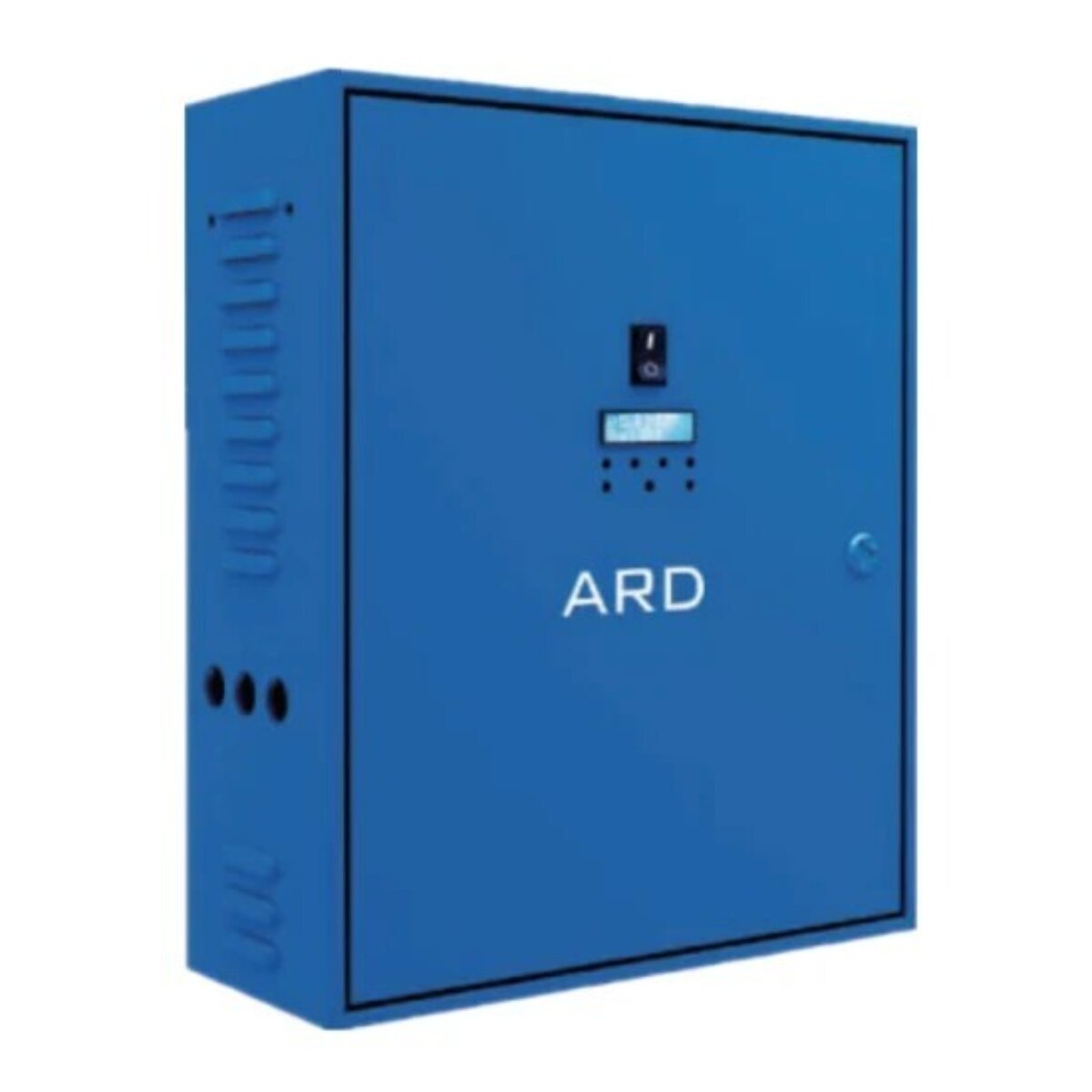Key Takeaways
-
Explains what an Automatic Rescue Device (ARD) is and how it ensures passenger safety during power failures.
-
Describes how ARD integrates within bespoke Sesame Access lift systems, ensuring accessibility continuity in heritage and modern buildings.
-
Outlines British and international safety standards governing ARD operation and design compliance.
-
Reinforces Sesame Access’s reputation as an engineering authority in platform lift safety and emergency recovery systems.
Introduction
When power is lost, a platform lift must continue to protect its passengers. An Automatic Rescue Device (ARD) is the hidden system that makes this possible. By automatically lowering or raising the platform to a safe landing, the ARD ensures users are never stranded.
Summary: The Essential Function of an ARD
An ARD is an emergency control and battery backup module that activates instantly when mains power fails. It provides enough stored energy to move the lift to the nearest landing, unlock safety barriers, and allow users to exit safely. The device operates quietly, seamlessly, and without requiring human intervention—an essential safeguard in every modern accessibility installation.
How an ARD Works in Bespoke Platform Lift Systems
In a typical configuration, an ARD consists of a 24V 7Ah sealed lead-acid or lithium battery pack connected to a compact control board and motor relay. When a power interruption occurs, the system detects the loss of voltage and automatically initiates a controlled movement. Depending on the design, the platform may descend at approximately 0.1–0.15 m/s, ensuring smooth motion and full compliance with British Standards.
Each charge cycle allows multiple rescue operations before recharge. The ARD automatically replenishes its batteries when mains power is restored, and all movements are logged for service diagnostics.
Engineering and Safety Integration
Every Sesame Access platform lift is designed with a bespoke control logic to support ARD integration. The system ensures:
-
Continuous charge monitoring and automatic testing routines.
-
Environmental tolerance for temperature and humidity variations.
-
Fail-safe locking and unlocking sequences to prevent user entrapment.
-
Compatibility with rising barriers, retracting stairs, and part-M compliance features.
These safeguards allow Sesame engineers to blend mechanical reliability with invisible automation. A real-world example is a Grade II listed theatre in Southern England that required a fully hidden ARD solution within original Victorian joinery—proof that advanced safety engineering can be discreetly integrated into heritage architecture.
Platform Lift Safety and Standards Compliance
ARD systems are governed by strict safety codes such as BS 6440:2011 and BS EN 81-41. These standards mandate that in the event of a power loss, the lift must automatically complete its journey to the nearest landing. Adhering to these regulations ensures that each Sesame installation meets or exceeds the highest platform lift safety expectations.
For further reading, see Bespoke Theatre Lift Integration, which explores the engineering challenges of installing precision accessibility systems in performance environments.
Practical Implementation Across Sesame Systems
ARD functionality is standard across Sesame’s range of bespoke lifts, including the Westminster Equality Act Lift, Wellington Lift, and Seattle ADA Lift. Each model incorporates the same underlying safety logic while being customised to suit specific architectural constraints, finishes, and control requirements.
Frequently Asked Questions
What happens during a power failure?
The ARD automatically activates and moves the platform to the nearest landing, where users can exit safely.
Is the ARD visible to users?
No. It is fully concealed within the lift’s framework or control panel enclosure.
How often is it tested?
During every scheduled maintenance visit, engineers perform automatic discharge and recharge tests to confirm battery health and control reliability.
Can it be installed in existing lifts?
Yes. ARD systems can be retrofitted if there is sufficient enclosure space and wiring access.
What is the lifespan of an ARD battery?
Typically 3–5 years, depending on environmental conditions and frequency of testing.
Conclusion
Automatic Rescue Devices represent the unseen intelligence within every safe, modern lift system. Through continuous R&D and precise British engineering, Sesame Access ensures every platform lift maintains full operational safety—protecting users and preserving accessibility, even in total power loss scenarios.
To discuss ARD design or integration for your next project, book a Teams Meeting with one of our Project Managers.

